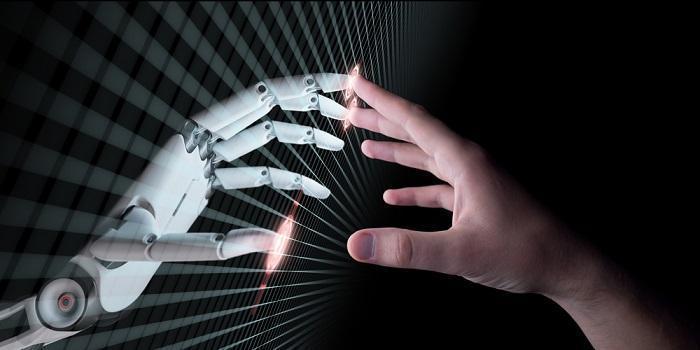Artificial Intelligence (AI) and machine learning is on course to provide drastic improvements to autonomous systems. The future is bright and the advancement of AI-controlled robotics will only increase from here on out.
AI aims to provide robots with the ability to perform tasks that were once only capable of being completed with human intelligence. That is, to encompass the ability to perform a variety of tasks on its own as opposed to only following a predetermined algorithm created by a programmer.
Common robotics used in various automation industries are frequently used to perform a single task, one of the most popular and well-known examples being those Roomba vacuum robots. The main purpose of the robotic vacuum is to move in a certain pattern within a fixed location and to turn or angle the motion of direction when an obstruction is detected. However, this robot cannot determine which objects are being detected and therefore cannot adapt to its environment.
A human can tell what type of obstruction is present and how to avoid it; such as a family pet, but the vacuum robot cannot. AI will impact the way machines all over the world perform tasks by collecting information and learning from the experiences that they encounter. The use of AI in robotics will benefit from obtaining information from four key areas:
- Vision
- Grasping
- Motion Control
- Data Collection

Vision
Cameras can be used by the AI system to help detect and recognize objects with a higher degree of accuracy and detail. By training a machine to be able to determine what object is being detected, the next steps that need to be taken to perform a task can be optimized quickly and reliably.
Grasping
By using a variety of sensors, a robot can be trained to be able to detect what type of object is being worked on. This can be accomplished by detecting the physical properties of the object and relating its findings to other objects with similar properties. Typically, as machines will be learning continuously, databases with information will be used as a reference. This data will be discussed to a further degree.
Motion Control
Combining the power of the machine learning vision and grasping systems, the motions required to be made by the robot can be accomplished with precise levels of accuracy while adapting to its surroundings. The motion control aspect is accomplished with automatic motion devices, such as Progressive Automations linear actuators.
Data Collection
The most important variable in machine learning is the data collected by the AI system. Big data is used to compare, analyze, and build the autonomous tasks performed by AI-enabled robotics. All the information collected can and will be stored in databases specific to the variable being analyzed. The increase in data will be exponential as more robotics will be implemented in real-world applications – collecting more information and providing real-time feedback.
The use of electric linear actuators will only increase as more and more types of robotics are being implemented in autonomous systems in many different industries. Artificial Intelligence and machine learning will improve as time goes on and is set to improve our daily operations to a high level of optimization.




